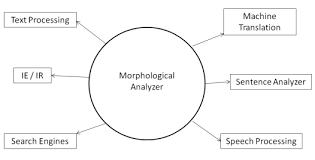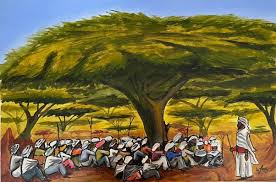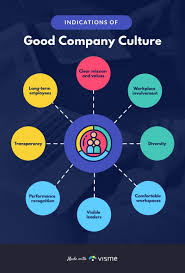Computational Linguistics
Exploring the intersection of language, culture, and computation through the lens of East African linguistic heritage. Building tools that preserve, analyze, and celebrate the rich tapestry of human language diversity.
Research Areas
Language Preservation
Digital tools for documenting and preserving endangered East African languages
Cognitive Linguistics
How language structures influence computational thinking and problem-solving
Code as Language
Analyzing programming languages through the lens of natural language theory
Oral Traditions
Computational analysis of storytelling patterns and cultural knowledge
Active Projects

Somali Morphological Analyzer
A comprehensive tool for analyzing Somali word structure and morphology. Built to handle the complex agglutinative nature of the language with support for root extraction, affix analysis, and grammatical categorization.
Cultural Impact: Preserving the linguistic heritage of 20+ million Somali speakers worldwide
Key Insights:
- Somali uses extensive vowel harmony patterns
- Agglutination creates 50+ morphemes per word
- Tonal variations affect semantic meaning

Somali Oral Tradition Archive
Digital preservation system for oral narratives, proverbs, and traditional stories from East African cultures. Includes audio processing, transcription, and semantic analysis of cultural knowledge embedded in storytelling.
Cultural Impact: Preserving 1000+ years of oral knowledge from Horn of Africa communities
Key Insights:
- Oral narratives contain complex temporal structures
- Cultural metaphors require contextual understanding
- Storytelling patterns vary by ethnic group

Low-Resource Language Translation
Building translation tools for underrepresented Somali languages using transfer learning and few-shot techniques. Focus on Somali, Oromo, Amharic, and Tigrinya language pairs.
Cultural Impact: Bridging communication gaps for 200+ million East Africans
Key Insights:
- Transfer learning from Arabic improves Somali translation
- Cultural concepts often lack direct translations
- Dialectal variations require region-specific models

Computational Poetics Engine
Analyzing the computational structure of traditional East African poetry and verse. Exploring rhythm, meter, and semantic patterns in Somali gabay, Ethiopian qene, and other poetic forms.
Cultural Impact: Digitizing 1000+ years of East African poetic traditions
Key Insights:
- Somali gabay follows strict alliterative patterns
- Rhythmic structures encode cultural memory
- Poetic devices vary significantly across regions

Cultural Concept Mapping
Building semantic networks that capture culture-specific concepts and their relationships. Mapping untranslatable words and cultural knowledge systems from East African languages.
Cultural Impact: Preserving indigenous knowledge systems and worldviews
Key Insights:
- Many cultural concepts have no English equivalents
- Kinship terms encode complex social structures
- Environmental knowledge is embedded in language
Research Philosophy
Language as Living Heritage
Every language encodes unique ways of understanding the world. My work focuses on preserving and celebrating this diversity, ensuring that computational tools serve all communities, not just dominant languages.
Technology for Cultural Preservation
Computational linguistics should empower communities to maintain their linguistic heritage. I build tools that are culturally aware, community-driven, and designed to strengthen rather than replace traditional knowledge systems.
Inclusive AI Development
AI systems trained only on dominant languages perpetuate inequality. My research explores how to build more inclusive models that understand and respect linguistic diversity, especially for low-resource languages.
Code as Cultural Expression
Programming languages are not culturally neutral. I investigate how our native languages influence our coding patterns, problem-solving approaches, and the systems we build, celebrating this diversity in computational thinking.
Collaborate & Connect
Interested in computational linguistics, cultural preservation, or multilingual AI? Let's explore the beautiful complexity of human language together.